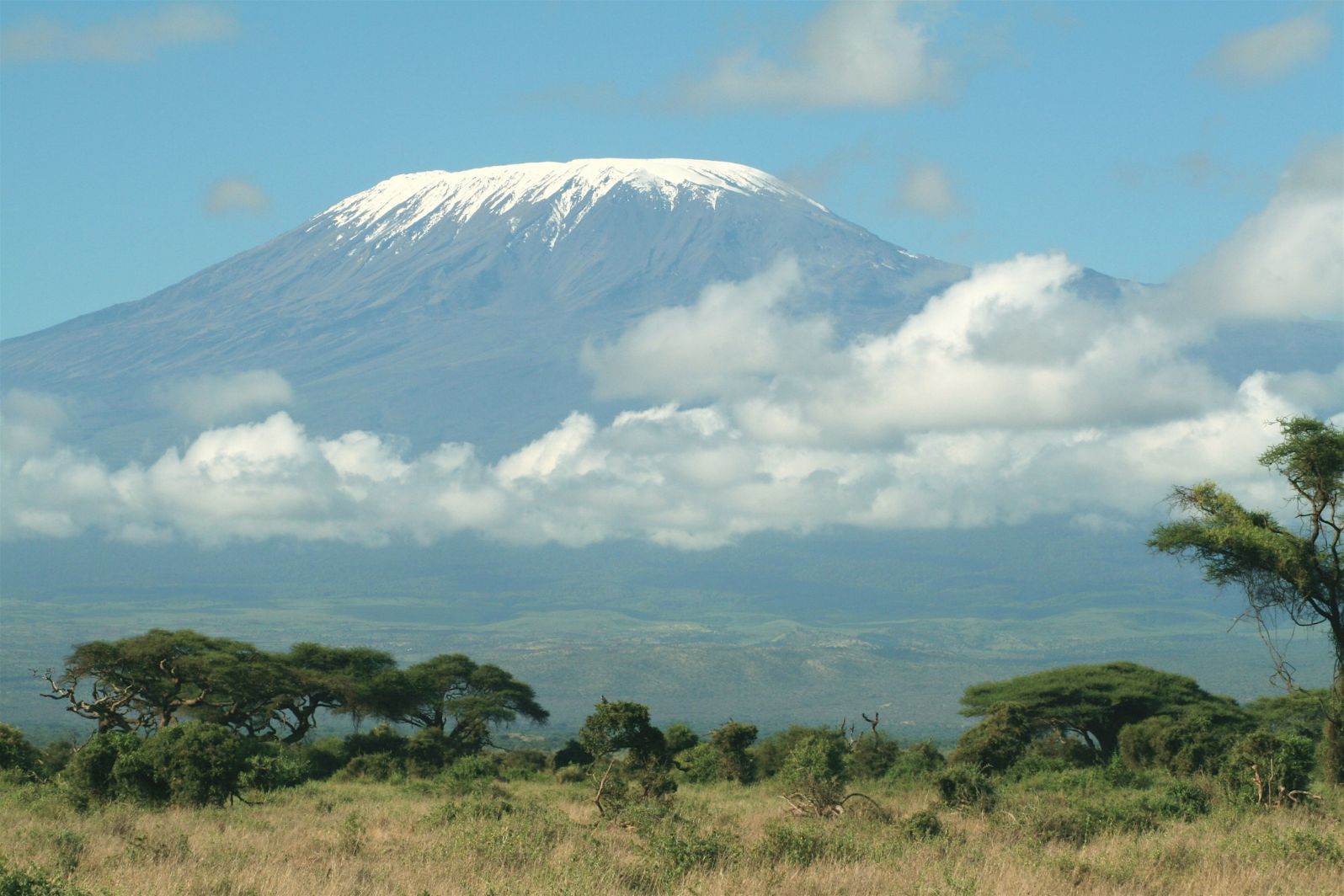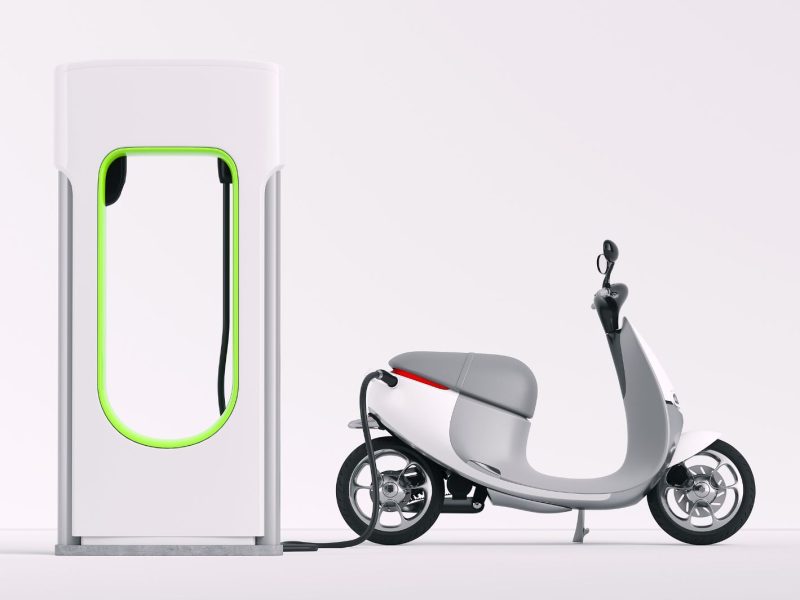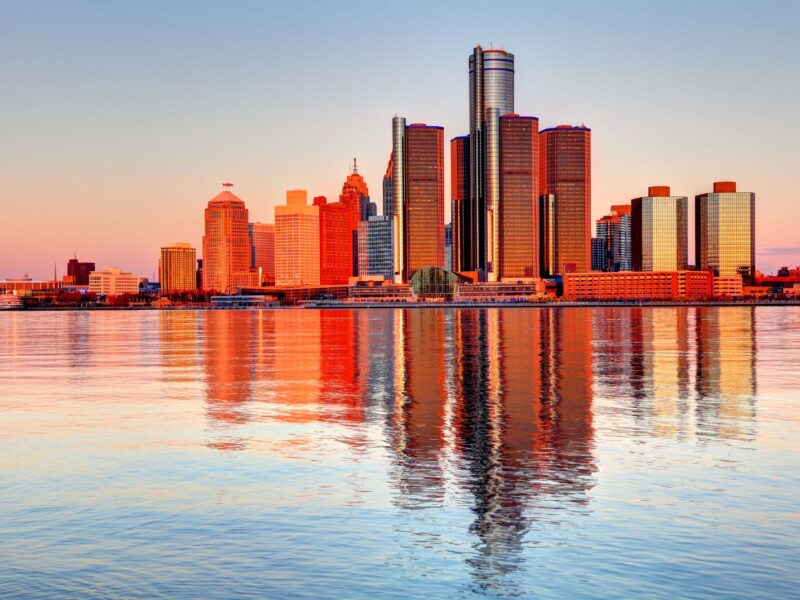Embark on a thrilling journey with our Kilimanjaro mountain map guide. Unlock the secrets of this iconic peak for an unforgettable hiking adventure.
Located in Tanzania, Mount Kilimanjaro is the highest peak in Africa and one of the world’s most famous mountains. With its snow-capped summit and diverse landscapes, it attracts thousands of trekkers each year.
However, reaching the top is no easy feat and requires proper planning and preparation. That’s where our Kilimanjaro mountain map comes in – a valuable resource for navigating your way to the summit and making the most of your trekking experience.
So read on to begin your journey and discover the trekking routes!
Table of Contents
Routes Overview
Kilimanjaro offers multiple routes to the summit, each with its unique characteristics and challenges. The most popular routes include:
- Marangu
- Machame
- Lemosho
- Rongai
The Marangu route is also known as the “Coca-Cola” route due to its well-maintained huts and gradual ascent. On the other hand, the Machame route is known as the “Whiskey” route for its steeper and more challenging terrain.
The Lemosho route offers a longer, more scenic trek with lower traffic compared to other routes. The Rongai route offers a more remote and less crowded experience. With the right map and navigation skills, you can choose the route that best suits your preferences and abilities.
Altitude Profiles
As you trek towards the summit of Kilimanjaro, it’s important to be aware of the altitude profiles for each route. This will help you pace yourself and acclimatize properly to avoid altitude sickness.
Generally, the Machame and Lemosho routes offer a more gradual ascent with plenty of time for acclimatization. On the other hand, the Marangu route has a more rapid ascent. This can increase the risk of altitude sickness.
The Rongai route also has a gradual ascent. But, with a steeper and more challenging final push to the summit. So, before you climb Kilimanjaro, make use of a map and consult with your guide to plan your trek accordingly.
Take note that altitude sickness can affect anyone. This is regardless of their fitness level or previous high-altitude experience.
Campsites and Accommodations
Each route offers different options for campsites and accommodations. The Marangu route has designated huts for overnight stays. Other routes offer tent camping as well.
On the Machame and Lemosho routes, you will camp at designated campsites with basic amenities such as toilets and water sources. On the Rongai route, you will camp at both public and private campsites. They come with options for upgrading to overnight stays at lodges along the way.
Get a map handy to familiarize yourself with the locations and distances between campsites. It’s also recommended to book your accommodations in advance. This is especially needed during peak trekking season.
Landmarks and Scenic Points
Aside from reaching the summit, there are many other landmarks and scenic points to look out for on your Kilimanjaro trek. Some notable ones include:
- Shira Plateau
- Barranco Wall
- Lava Tower
It’s important to have a good understanding of these landmarks and how they fit into your route so that you can navigate effectively with our Kilimanjaro mountain map.
Climate and Weather Patterns
The climate and weather on Kilimanjaro can be unpredictable, and it’s important to be prepared for all conditions. Generally, the mountain has two main seasons – the dry season from June to October and the wet season from November to May.
The dry season offers clear skies and less precipitation but colder temperatures at higher altitudes. The wet season brings more rain and snow, but also warmer temperatures at higher altitudes. However, weather patterns can vary greatly and it’s important to pack accordingly for all conditions.
Flora and Fauna Guide
Kilimanjaro is known for its diverse flora and fauna, with five different vegetation zones as you climb higher. These include the rainforest zone, heather-moorland zone, alpine desert zone, high alpine zone, and arctic zone.
Each zone offers unique plant and animal life to observe while on your trek. Our Kilimanjaro mountain map can help you identify the different plants and animals you encounter along the way.
Safety and Health Tips
Trekking on Kilimanjaro is a physically and mentally challenging experience, and it’s important to take proper safety precautions for a successful trip. This includes:
- having the right equipment
- staying hydrated and well-fed
- listening to your body
It’s also crucial to acclimatize properly by following the “climb high, sleep low” rule and taking rest days along the way. Our Kilimanjaro mountain map can also help you navigate to safer routes in case of emergencies.
Packing Lists and Gear Recommendations
Proper gear and equipment are essential for a successful Kilimanjaro trek. Our Kilimanjaro mountain map can help you plan and pack accordingly with our recommended packing list.
Some key hiking essentials to include are high-quality hiking boots, warm layers, rain gear, and a proper hydration system. It’s also important to have sturdy trekking poles for navigating the mountain’s terrain.
Cultural and Historical Context
Kilimanjaro holds significant cultural and historical importance, especially for the local Chagga people. Many cultural tours are available to learn about their traditions and way of life.
The mountain also has a rich history, with tales of explorers and adventurers attempting to reach its summit dating back centuries. Knowing this context can add a deeper appreciation for your Kilimanjaro trekking experience.
Regulations and Permits
To preserve the natural beauty and protect the environment of Kilimanjaro, certain regulations and permits are in place for all trekkers. These include obtaining a trekking permit from the Kilimanjaro National Park and following designated routes.
It’s important to familiarize yourself with these regulations before embarking on your journey and ensuring you have all the necessary permits. Our Kilimanjaro mountain map can also help you stay on designated routes and avoid damaging the delicate ecosystem of the mountain.
Make Use of a Comprehensive Kilimanjaro Mountain Map
A Kilimanjaro mountain map is an invaluable resource for any trekker looking to conquer this iconic peak. With its detailed route information, safety tips, and cultural insights, it will enhance your experience and make your journey to the summit even more unforgettable.
So start planning your Kilimanjaro adventure today and get ready for the trek of a lifetime! You’ll never forget the feeling of reaching and unlocking the secrets of this majestic mountain.
For more articles, visit our blog. We have more posts!



